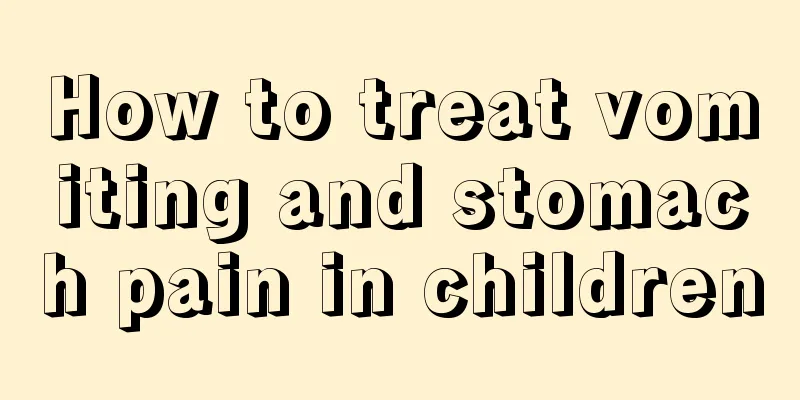What should I do if my child's nail falls off?

|
Fingernails are very important for nails. However, in real life, many people lose their nails due to some accidents. In this case, you only need to take care of the nail area in time to prevent inflammation and other problems, and the nail will grow back on its own. In daily life, we should also take good care of our nails. Here I will introduce you to some common sense about nail care! 1. Nails should not be too short Long nails are prone to harboring dirt and breeding bacteria. Therefore, many people are accustomed to cutting their nails very short. Little do people know that this will not only fail to protect their fingers, but will also have the opposite effect. If your nails are cut too short, it is easy to injure the nail bed while working or doing housework. The soft tissue at the front of the finger is not covered by the nail, so the tip of the nail will grow inward. In severe cases, it will induce paronychia and is also susceptible to fungal invasion. 2. Trimming interval Human fingernails grow at an average rate of 0.7 mm per week, so it is recommended to trim them once a week; toenails grow relatively slowly and can be trimmed 1 to 2 times a month. The appropriate length for cutting nails is that the top of the nail is flush with the fingertip or slightly longer, leaving a small white edge. While cutting your nails, you can also do some simple hand and finger massage to help promote blood circulation in your fingers and supply your nails with adequate nutrients. You can also choose some nail-protecting nourishing oil to keep your nails shiny and tough. In addition, you should wash your hands frequently. Simply cutting your nails short cannot fundamentally guarantee personal hygiene. 3. Do not apply purple medicine if you have redness If the edge of the nail becomes red, hot, or painful, you may have paronychia, which can be relieved by hot compresses, applying erythromycin ointment, etc. When you feel pain, you can apply 75% alcohol or iodine tincture, take antibiotics, or take some Chinese medicine for clearing away heat and detoxification, the inflammation will improve or subside on its own; if the treatment is not timely, white spots will appear on the lesions. When paronychia becomes pus, in addition to using antibiotics, surgical treatment is also required. For unilateral subcutaneous abscess, drainage can be performed by incision next to the nail groove; bilateral subcutaneous abscess requires bilateral drainage. For abscesses at the root of the nail, simply lifting the skin is often not enough to drain them adequately, and part or even the entire nail needs to be separated and removed. Patients should not use mercurochrome or gentian violet. These two topical medications are highly toxic and may cause cancer, and are now banned in clinical practice. |
<<: What causes frequent foot pain in children?
>>: Reasons for dark skin in children
Recommend
The baby's sobbing breathing is very frequent
When babies are young, they will cry to tell thei...
Treatment of carbon monoxide poisoning in children
Carbon monoxide, do you know how it is produced? ...
At what age does a baby's crossed eyes disappear?
Because newborn babies cannot control their actio...
What should I do if my child suddenly develops red bumps on his body?
If a child develops red bumps on his body, it is ...
How to check hormone levels in children
The hormone level in a child's body is an imp...
How to add egg yolk to baby food
The yolk is the most nutritious part of the egg. ...
Symptoms of precocious puberty in little boys
There are many reasons for boys' precocious p...
Symptoms of systemic lupus erythematosus in children
Everyone must have talked about systemic lupus er...
Treatment for babies who always strain
Nowadays, it is not uncommon to see babies always...
Can Iodine be used on baby wounds?
Injuries not only happen to adults, but babies ha...
What are the dangers of anemia in children?
Many people's children suffer from anemia, an...
Can children with cold and fever drink milk?
When children have a cold or fever, many dietary ...
Why is the newborn's face a little yellow?
Speaking of neonatal jaundice, everyone should be...
How can I relieve eczema on my baby’s eyebrows?
It is very uncomfortable for a baby to have eczem...
Three-month-old baby's weight gain is slow
After the baby is born, his health is the focus o...









